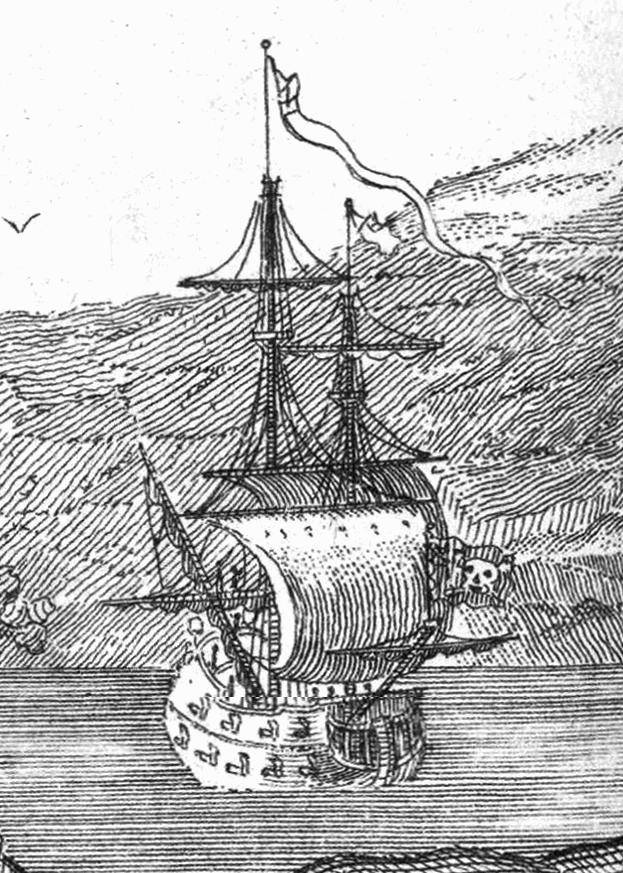Queen Anne's Revenge - Blackbeard's Ship
“Queen Anne's Revenge” is today regarded as one of the best-known pirate ships of the Golden Age of Piracy, even though it was actively used as Blackbeard's flagship for about a year before the ship sank below the waves near the Beaufort Inlet, North Carolina. Since everything that Blackbear touched got a lot of attention from governments who chased him and news outlets and novelist who reported and often exaggerated his pirating exploits, many historians around the world decided to make Blackbeard's life focus of their professional careers. Their efforts in demystifying many pirate tales invented for use in modern culture works that romanticized pirate life and providing concrete records and examples of real events in late 17th and early 18th century gave us incredible insight into the history and operation of famous Blackbeard’s ship.
Queen Anne's Revenge was originally built in the Great Britain under the name “Concord” in 1710. This 200-ton frigate was intended to be used as a merchant's vessel, but just a year later it quickly fell into the French hands and got renamed into “La Concorde de Nantes”.
After capture La Concorde had been adapted into a slave ship with more space for cells, it set sail from Brest, France, in a privateer fleet of 14 other ships on what would prove to be 1st of its three Triangular Trade trips between France, African slave coast and Caribbean. The usual route for slave ships and privateers involved travels from Europe to the coast of Central Africa, capturing rival ships if possible along the way, purchasing slaves and transporting them to the Caribbean islands under French control such as Guadeloupe, Martinique, or Saint-Domingue. From there they would fill up their holds with local freight such as sugar and return to France.
1st trip of La Concorde was successful. The ship crew captured small Portuguese vessel near the coast of Guinea and larger Dutch slave trader ship near today's Ivory Coast. With cargo hold full of slaves, La Concorde set its sail for the west. After maintenance on Martinique and Tobago, the ship continued to the Dominican Republic and Havana, along with the road capturing small English merchant ship. Filled up with cargo from the New World, La Concorde started it's journey back to Europe, but even on that trip back home, it managed to capture and ransom small English ship from Boston off the coast of Bermuda. Upon arrival to Nantes, French center of the slave trade, it became a property of the wealthy French merchant Montaudoin who gained his profits by sending his ships on a then very popular triangular trade route.
For its second trip that started in the spring of 1713, La Concorde was optimized for the full slave trade and less for active combat against Spanish and English sea vessels. This was most likely done because hostilities between France and English settled after the end of the end of the War of Spanish Succession. The entire venture went without issues, with ship returning from a completed triangular trade route back in Nantes.
